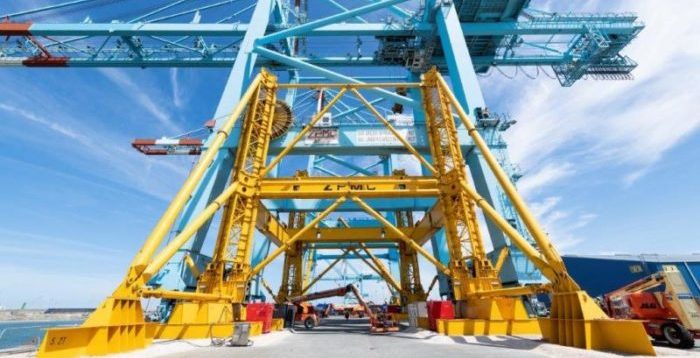In the first semester of 2019, Zeebrugge recorded a 12.5 % growth, compared to the same period in 2018. Namely, a total cargo volume of 21,883,578 tonnes was handled, while container traffic decreased by 2.2% to 7,548,076 tonnes.
The roll-on/roll-off traffics increased by 5% in the first half of the year, amount to a total of 8,404,658 tonnes. While expecting the first Brexit date, on 29 March, the UK markets were supplied in anticipation, with volumes growing by 17.2%. In the second quarter the volume fell by 6.8% in May and by 12.3% in June.
In addition, the roro traffics to Southern Europe rose significantly, because of the new services and economies of scale.
Overall, a total of 1,527,872 new cars were handled, up by 4.9%.
As for containers, their traffic reduced by 2.2% to 7,548,076 tonnes.
[smlsubform prepend=”GET THE SAFETY4SEA IN YOUR INBOX!” showname=false emailtxt=”” emailholder=”Enter your email address” showsubmit=true submittxt=”Submit” jsthanks=false thankyou=”Thank you for subscribing to our mailing list”]
In June the container volume increased by 9.5%, because of the new deepsea services and container feeder services. Additional growth is expected in the second semester of 2019.
What is more, in the first six months the liquid bulk reached 4,830,418 tonnes. Growth was also registered in the LNG segment, with 3,218,162 tonnes. In total, 54 LNG vessels called at Zeebrugge, in comparison to 24 calls in the first semester of 2018. An important amount of LNG was imported from Qatar and Russia. These volumes are expected to remain intact in the second semester.
As for solid bulk, it decreased by 5% to 619,051 tonnes, with breakbulk also falling by 10.3% to 481,375 tonnes.
Regarding port shifts, they increased by 3% to 181,130 shifts, with 71 cruise vessels moored in Zeebrugge, compared to 59 in the same period of 2018, equalling 337,559 cruise passenger moves.






























































